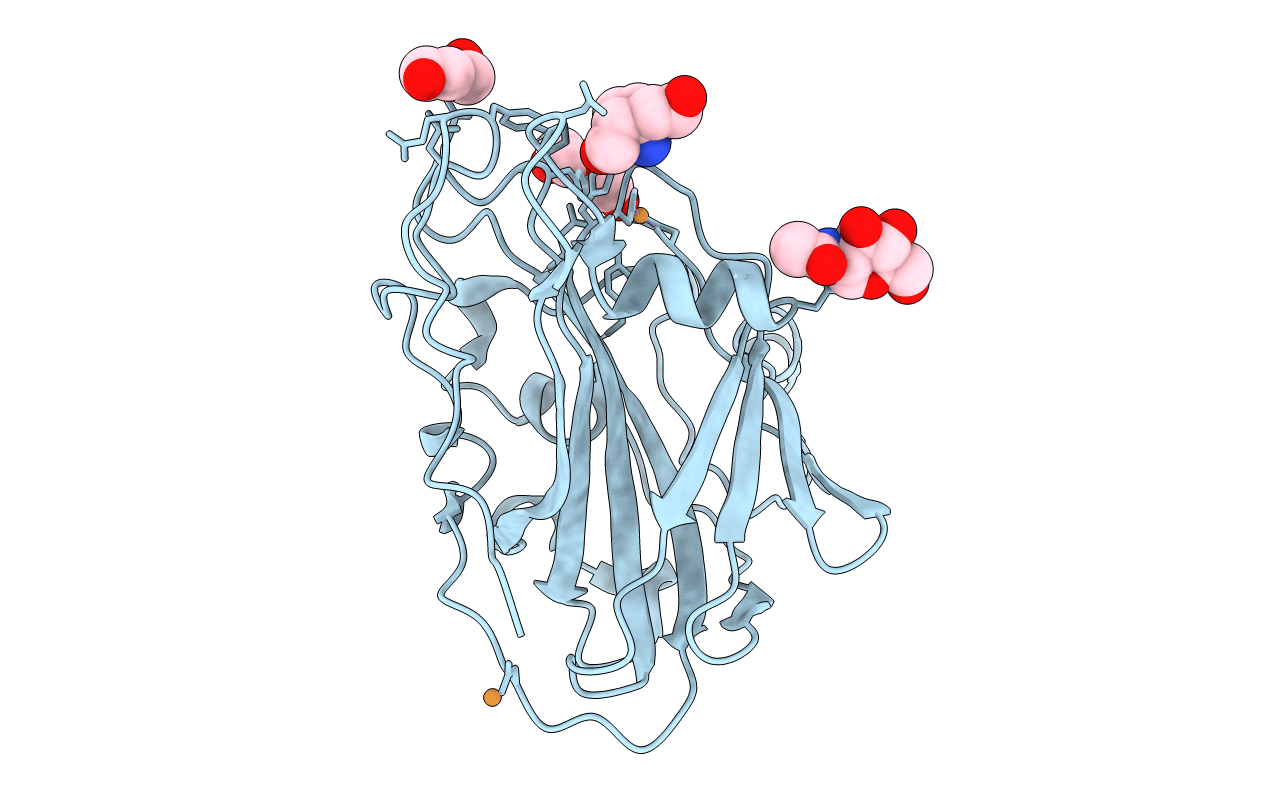
Deposition Date
2011-07-18
Release Date
2011-09-07
Last Version Date
2023-12-20
Entry Detail
Biological Source:
Source Organism:
THERMOASCUS AURANTIACUS (Taxon ID: 5087)
Host Organism:
Method Details:
Experimental Method:
Resolution:
1.25 Å
R-Value Free:
0.17
R-Value Work:
0.15
R-Value Observed:
0.15
Space Group:
P 1 21 1


